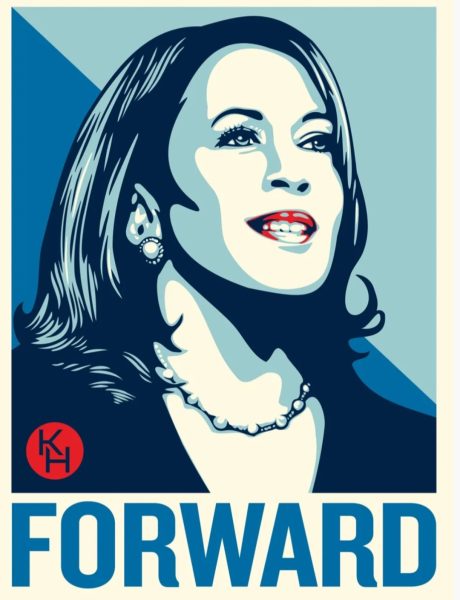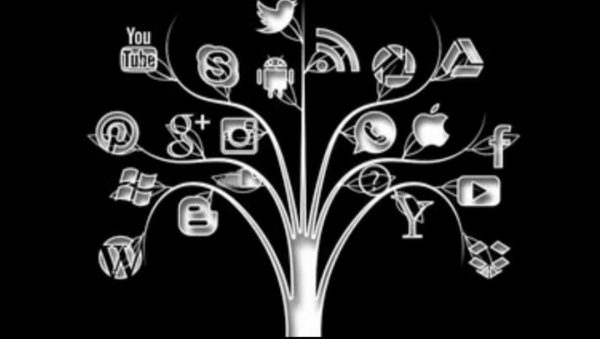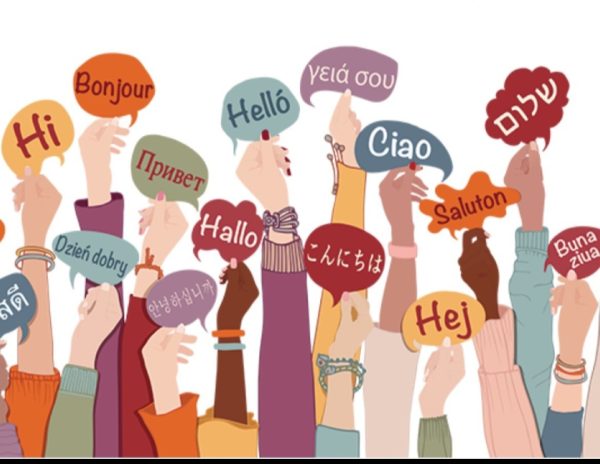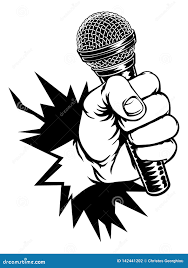It’s difficult to define cultural appropriation.
But let’s try.
Cultural appropriation, the practice of sensationalizing minority customs and cultures, is overlooked far more often than it should. It goes beyond who is allowed to wear what hairstyle, who can dress or talk or act a certain way.
In some form of another, we’ve seen, witnessed or participated in the appropriation of another culture– from Katy Perry dressed as an Egyptian goddess to Virginia governor Ralph Norham’s blackface photo in his high school yearbook, the consensus has been clear: Cultural appropriation exists.
Defining it proves to be the more difficult task.
According to the article “Who’s Guilty When It Comes to Crimes of Cultural Appropriation,” the author, Elizabeth Crocker writes that “dominant white, Eurocentric cultures are hardly in danger of disappearing. Those who argue vociferously against appropriation are advocating for respect and accurate representation of their cultures.They believe that reparations must be paid for the whitewashing of their ethnic groups throughout history.”
And while reparations are the only fair solution to historical injustices, calling out Caucasians is not the purpose of determining an action, outfit, or attitude expressed is culturally appropriative. The goal of determining something as appropriative is to have the individual(s) involved recognize the impact of their actions and take corrective measures.
In Refinery29’s “What I Got Wrong About Cultural Appropriation” author Connie Wang addresses two convenient responses: shutting it all down if anything feels remotely wrong, or doubling-down on the idea that “every culture appropriates” and blatantly ignoring how culture-swapping can be used to reinforce imbalanced power dynamics, strengthening dominant cultures and keeping marginalized ones in their place…In shaming others for not understanding, we’ve inadvertently made it risky to understand.
Those on the receiving end of criticism that they’ve culturally appropriated will be less likely to ever engage with communities they were not born into. Those whose cultures are appropriated from become tired of talking so much at the problem when it doesn’t seem like anything has changed.”
Cultures being appropriated on a regular basis have every right to spread awareness and give members outside their communities genuine advice on the do’s and don’ts of a diverse society. When a straight white woman shares statements like “Yas Kween!” or refers to others as “Hunty” or “Henny,” the way to resolve it is by reminding her that she’s appropriating African American Vernacular English as well as a historically queer vernacular, which is inappropriate on several levels.
When a man of color begins invalidating someone’s non-binary or trans identity, reaffirm them that discrimination is not tolerated under any circumstances.
By addressing issues beforehand and exposing the undereducated to what behaviors are and aren’t permissible, we can decrease the likelihood of instances of insensitivity, and by reinforcing that teaching when an appropriative action is performed, society has the opportunity and means to evolve to an unparalleled level of inclusivity.






